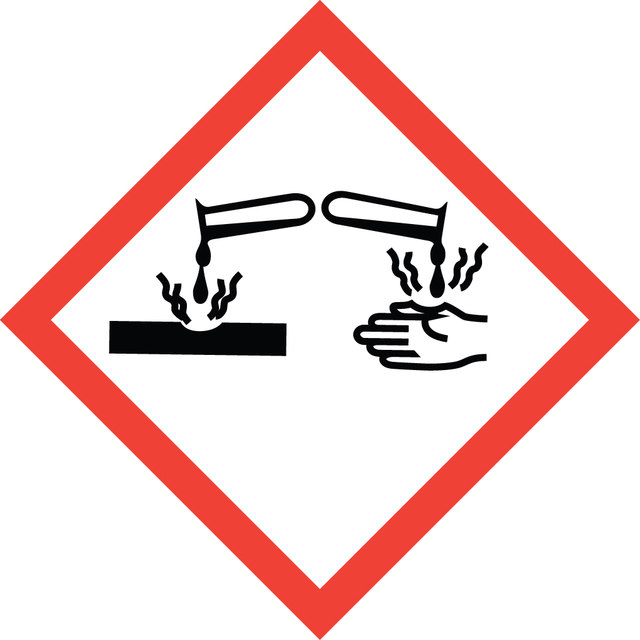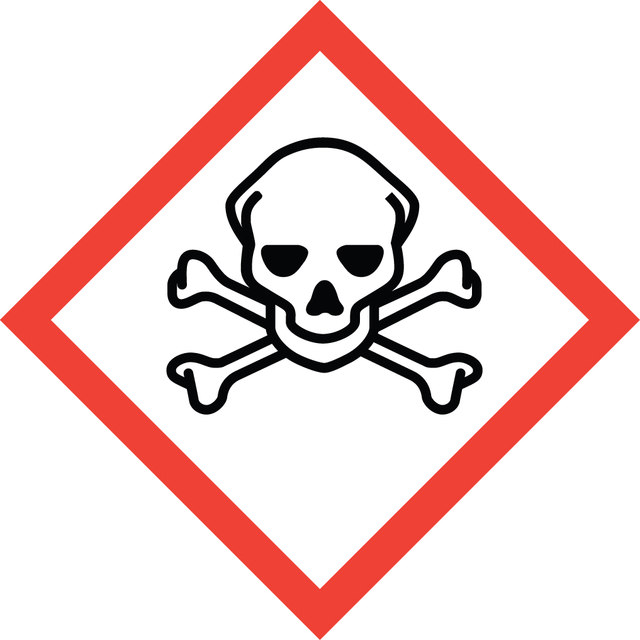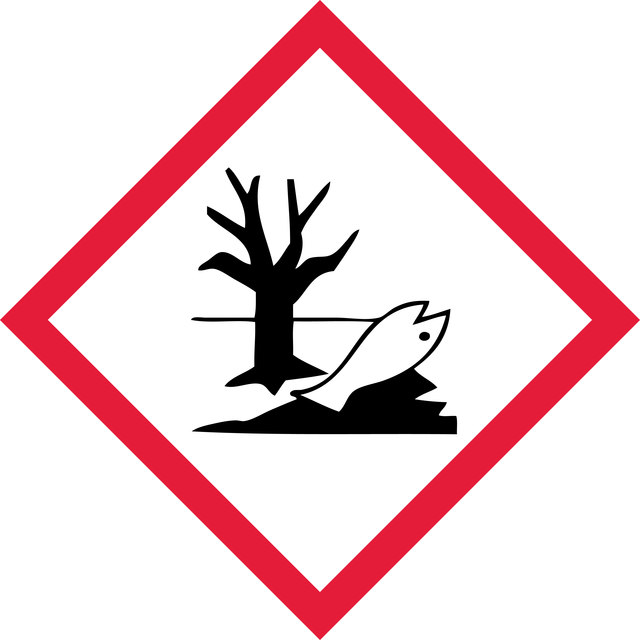8.14815
Sodium chlorite
(25% solution in water) for synthesis
Synonym(s):
Chlorous acid, sodium salt
Sign Into View Organizational & Contract Pricing
About This Item
UNSPSC Code:
12352302
NACRES:
NA.22
Grade:
for synthesis
synthesis grade
synthesis grade
Form:
liquid
grade
for synthesis
synthesis grade
Quality Level
vapor pressure
20 hPa ( 20 °C)
form
liquid
potency
1136 mg/kg LD50, oral (Rat)
pH
12-13 (20 °C in H2O)
bp
≥100 °C/1013 hPa
mp
<-3 °C
density
1.20-1.25 g/cm3 at 20 °C
storage temp.
2-30°C
Application
Sodium chlorite (NaClO2) can be used as an oxidizing agent for the conversion of:
It can also be used in combination with Br2 to synthesize 2-carboxyazetidin-2-ones from furanylazetidinones.
- Aldehydes to corresponding carboxylic acids under mild reaction conditions in the presence of scavengers such as sulfamic acid or resorcinol.
- Primary alcohols to carboxylic acids in the presence of 2,2,6,6-tetramethylpiperidine-1-oxyl (TEMPO) and NaOCl.
- Aliphatic and aromatic thiols to the corresponding disulfides.
- Aryl boronic acids to phenols via ipso-hydroxylation.
- Cyclic benzylic ethers and N-protected cyclic benzylic amines to benzolactones and benzolactams.
- Alkenes to epoxides using aldehydes as promoters.
- Alkenes and cycloalkenes to 1, 2 diols via osmium-catalyzed Sharpless asymmetric dihydroxylation.
It can also be used in combination with Br2 to synthesize 2-carboxyazetidin-2-ones from furanylazetidinones.
Analysis Note
Assay (iodometric): 23.0 - 26.0 %
Density (d 20 °C/ 4 °C): 1.200 - 1.220
Density (d 20 °C/ 4 °C): 1.200 - 1.220
Signal Word
Danger
Hazard Statements
Precautionary Statements
Hazard Classifications
Acute Tox. 3 Dermal - Acute Tox. 4 Oral - Aquatic Acute 1 - Eye Dam. 1 - Met. Corr. 1 - Skin Corr. 1 - STOT RE 2
Target Organs
spleen
Supplementary Hazards
Storage Class Code
6.1D - Non-combustible, acute toxic Cat.3 / toxic hazardous materials or hazardous materials causing chronic effects
WGK
WGK 2
Flash Point(F)
Not applicable
Flash Point(C)
Not applicable
Certificates of Analysis (COA)
Search for Certificates of Analysis (COA) by entering the products Lot/Batch Number. Lot and Batch Numbers can be found on a product’s label following the words ‘Lot’ or ‘Batch’.
Already Own This Product?
Find documentation for the products that you have recently purchased in the Document Library.



